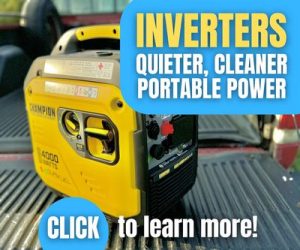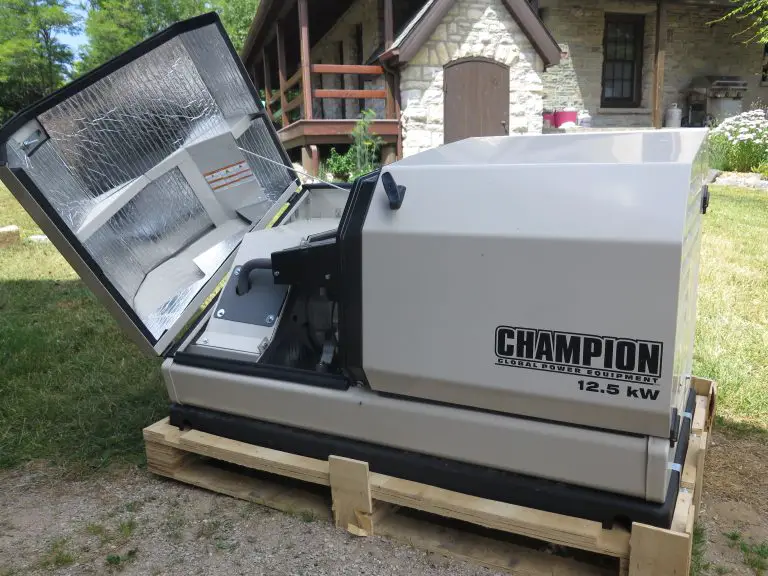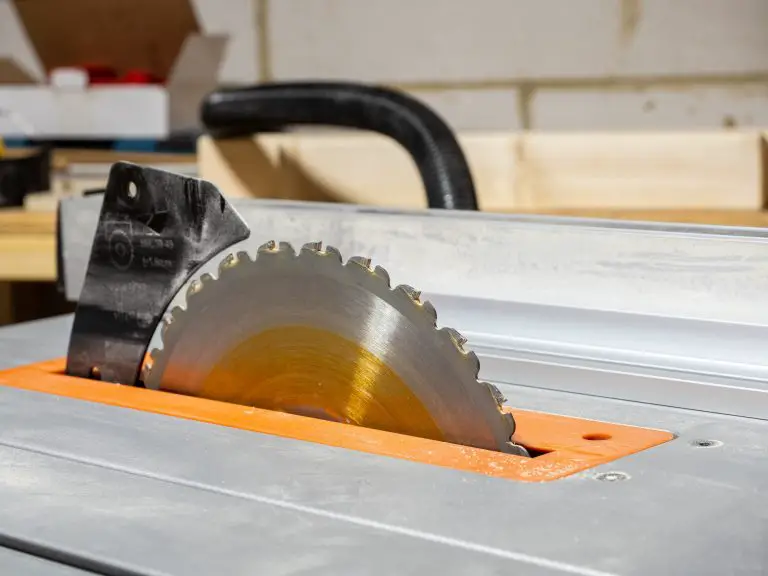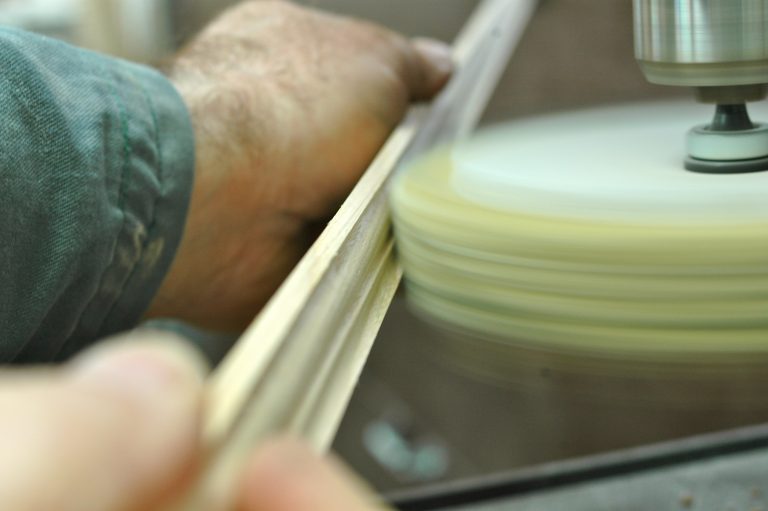
Choosing personal protective equipment (PPE) isn’t just about ticking boxes. It’s about keeping people safe. Whether you’re managing a construction crew, running a warehouse, or handling chemicals in a lab, the gear your team wears can mean the difference between a regular shift and a serious accident.
From work gloves that actually grip to safety equipment that fits right and performs well, your PPE decisions should be intentional. But here’s the thing—not all PPE is created equal. And too often, companies overlook the small details that lead to big problems. That’s why we put together this simple guide. If you want to make smarter choices and keep your team protected, keep reading.
Why Choosing the Right PPE Isn’t Optional
Think PPE is just another line on the checklist? Think again.
The wrong gear can fail at the worst time. Ill-fitting helmets. Gloves that rip. Respirators that don’t seal properly. All of these create risk, not protection. And beyond the obvious safety hazards, there’s more at stake:
- Employee trust
- Legal compliance
- Business reputation
- Downtime from injuries
When workers don’t feel safe, productivity drops. Retention suffers. Morale tanks. But when they’re confident their gear has their back? Everything runs smoother.
Bottom line? The right PPE isn’t optional. It’s foundational.
How to Identify Workplace Hazards
You can’t choose the right gear if you don’t know what you’re protecting against.
Start with a basic hazard assessment. Look at:
- Physical risks: falling objects, sharp edges, heavy tools
- Chemical exposure: liquids, vapours, dust
- Biological agents: viruses, bacteria, mould
- Environmental factors: noise, heat, cold, light
Walk the workspace. Talk to the people using the equipment. You might be surprised what they tell you, like that the new gloves slip when wet, or the safety glasses fog up too easily.
Once you know the risks, matching the PPE becomes a much easier task.
Breaking Down the Types of PPE (And When to Use Each One)
There’s no one-size-fits-all. Different jobs call for different gear.
Here’s a quick breakdown:
- Head protection: Hard hats for impact. Hair nets for contamination control.
- Eye and face protection: Safety glasses for dust. Face shields for splashes.
- Hand protection: Heat-resistant gloves. Cut-proof gloves. Chemical-safe gloves.
- Respiratory protection: N95 masks for particles. Full-face respirators for toxic fumes.
- Hearing protection: Earplugs for moderate noise. Earmuffs for high decibels.
- Body protection: Coveralls for chemical spills. High-vis vests for roadside work.
- Foot protection: Steel-toe boots. Slip-resistant soles.
The key? Match the risk with the gear. Don’t overdo it, but don’t skimp either.
Fit, Comfort, and Usability
Even the best-rated gear won’t do its job if it’s uncomfortable.
Imagine wearing goggles that pinch your nose. Or gloves that don’t let your fingers move. You’d take them off—or worse—wear them wrong. That’s a safety fail waiting to happen.
Here’s what to consider:
- Adjustability: Straps, fasteners, and sizing options matter.
- Breathability: Especially for hot or physically intense environments.
- Ease of use: Workers shouldn’t need a manual to figure out how to wear something.
And don’t forget style. If the gear looks good, people are more likely to wear it right. No joke.
Certifications You Can’t Ignore
Standards exist for a reason. They prove that the PPE’s been tested and meets performance benchmarks.
In the U.S. and Europe, look for:
- ANSI/ISEA (American National Standards Institute / International Safety Equipment Association)
- OSHA (Occupational Safety and Health Administration)
- EN/CE Markings (European Conformity standards)
For example, EN388 is a standard for protective gloves against mechanical risks. EN149 is for filtering half masks.
Make it a habit: Check the label. Read the datasheet. Ask questions if the numbers don’t add up.
Disposable vs. Reusable PPE: What’s Best for Your Operations?
There’s no clear winner here. It depends on the job, the setting, and how often the gear is used.
Disposable PPE makes sense when:
- Contamination risk is high
- Cleaning reusable gear is time-consuming or expensive
- You need fast turnover
Reusable PPE makes sense when:
- Items can be properly cleaned and maintained
- Durability matters
- Long-term cost savings are a priority
Think of it like cutlery: use disposables for a messy outdoor BBQ, but reusable ones for daily meals at home.
How to Evaluate and Improve Your PPE Program Over Time
Selecting PPE isn’t a “set and forget” task.
Things change. New hazards pop up. Better gear hits the market. What worked a year ago might not be good enough today.
Keep your program fresh:
- Schedule regular PPE audits.
- Get feedback from frontline workers.
- Stay updated on new standards and tech.
- Replace damaged or outdated gear promptly.
You don’t need to overhaul everything every quarter. Just keep your finger on the pulse.
Protection That Pays Off
Let’s be real: PPE isn’t glamorous. It’s not a buzzword. It’s not going to make headlines. But it does something way more important—it protects people. It helps businesses stay compliant. It keeps teams moving and confidence high.
So, if you’re in charge of choosing safety gear, treat it like the critical task it is. Start with the hazards. Choose gear that fits and works. Keep improving as you go. Safe workers are productive workers. And that’s something every company should invest in.











